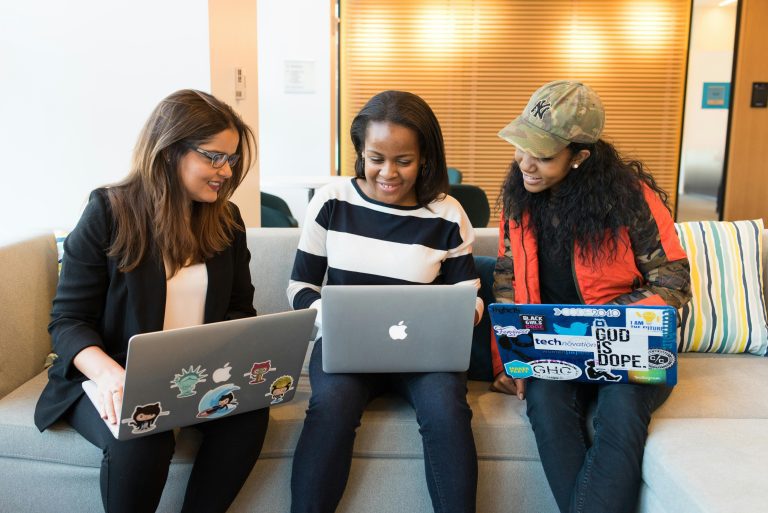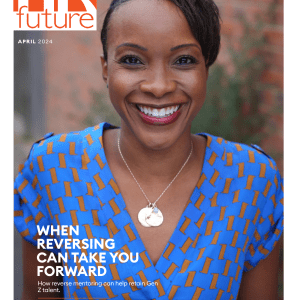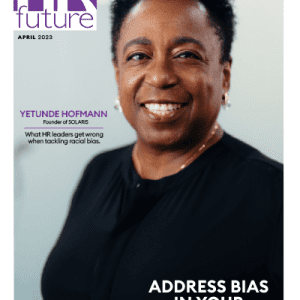Today’s workplace isn’t just about output and performance metrics — it’s increasingly about identity, recognition, and growth. As the modern workforce becomes more diverse and purpose-driven, organizations are realizing that how they acknowledge their people matters just as much as the policies they create. From onboarding to promotions, rituals of recognition are no longer optional — they are central to building trust, belonging, and loyalty.
One of the most powerful but often overlooked tools in this process is symbolism. Physical items and shared experiences leave a lasting emotional imprint. Just like a trophy on a shelf or a framed certificate on a wall, visible symbols of achievement help people mark their journey and stay motivated.
That’s where ideas from other areas of life, including academia, offer surprisingly relevant inspiration.
The Power of Visible Recognition
Think back to your graduation day. Amid the formal speeches and joyful chaos, one element stood out visually — the graduation stole draped over your shoulders. It was more than just a piece of fabric. It symbolized your achievements, affiliations, and sometimes even your values or heritage.
Graduation stoles are widely used across universities and colleges to celebrate individual accomplishments in a visually meaningful way. They’re customized to represent majors, honors societies, student groups, or cultural identities — creating a highly personal recognition moment within a collective celebration.
In a corporate setting, we might not wear robes and walk across a stage, but the principle remains: symbolic, visible markers of growth can inspire pride and strengthen identity.
Recognition That Resonates
In HR strategy, one of the biggest missed opportunities is relying solely on transactional acknowledgments — a generic email, a gift card, or a line in a newsletter. While well-meaning, these gestures often fall flat. They don’t create shared memory or emotional connection. Instead, companies can borrow from ceremonial traditions like the use of graduation stoles to create richer, more impactful recognition experiences.
What would this look like in a modern workplace?
- Milestone Kits: Imagine a personalized kit gifted when an employee completes a significant internal certification or training program. Inside could be a symbolic item, such as a stole-inspired sash, custom badge, or pin, tailored to the achievement. It instantly signals accomplishment — and becomes a talking point across the company.
- Alumni Moments: As companies shift toward building internal mobility and career paths, HR leaders are embracing the concept of “alumni within.” Employees who transition between departments or move up the leadership ladder could be honored in creative ways, just like graduates moving onto new life stages.
- Cultural Acknowledgment: Recognition doesn’t have to be limited to performance. Inclusive workplaces are finding ways to acknowledge cultural and community contributions. Whether someone leads an ERG (Employee Resource Group) or mentors junior colleagues, a visible token of appreciation makes their work more tangible and respected.
Personalization is the Key
Just as graduation stoles are often customized to reflect personal stories, so too should workplace recognition tools. People want to feel seen for who they are and what matters to them — not just their KPIs.
For instance, an employee who completes a mental health first aid certification might receive a green-accented band or token that not only rewards the achievement but sparks important conversations around well-being. Similarly, a team that finishes a major international project could receive something in the colors of the client’s region or culture, adding personal relevance.
The emotional lift from this kind of symbolic gesture is more lasting than any gift card could offer. It can even lead to higher engagement, as employees see clear proof that their efforts are valued beyond the bottom line.
Making It Happen
For companies interested in implementing more meaningful recognition experiences, it’s not about spending more — it’s about designing with intention. HR teams can start small:
- Identify 3 key employee milestones that could benefit from enhanced recognition.
- Collaborate with employees to co-create symbols or tokens that feel authentic.
- Roll out a pilot program and gather feedback.
- Scale based on what resonates, and don’t be afraid to evolve the tradition.
And if you’re looking to explore physical recognition elements — like customizable items for ceremonies or learning milestones — there’s a growing market of creative providers offering everything from lapel pins to, yes, even graduation stoles tailored for workplace use. Click here to explore how innovative HR leaders are bringing these practices into their organizations.
Looking Ahead
In the era of remote work, global teams, and evolving work identities, traditional ways of showing appreciation may no longer be enough. Employees crave connection, belonging, and storytelling — and the best recognition programs tap into all three. Whether you’re honoring a first-year anniversary or celebrating someone’s growth into a leadership role, consider how symbols and stories can deepen the impact.
Borrowing from traditions like the use of graduation stoles reminds us of a simple truth: recognition is most powerful when it’s visible, personal, and shared.
Guest writer


























